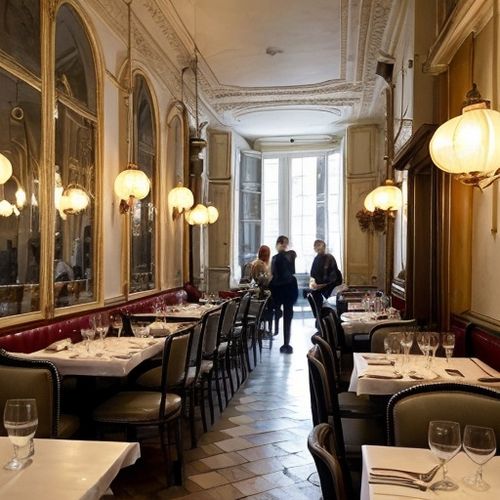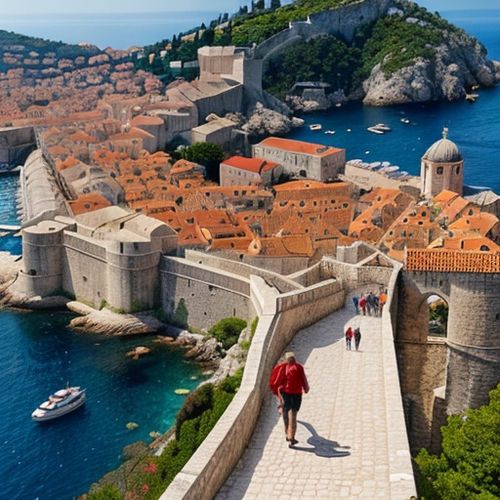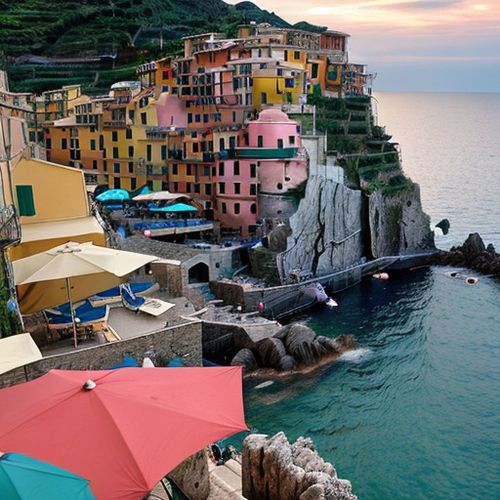Dubrovnik’s medieval walls are more than just a tourist attraction—they are a living testament to the city’s resilience, history, and breathtaking beauty. Encircling the Old Town like a protective embrace, these UNESCO-listed fortifications offer unparalleled views of terracotta rooftops, the shimmering Adriatic, and distant islands. To walk the walls is to step into a postcard, but choosing the right route can transform the experience from ordinary to extraordinary.
Morning Light and Quiet Corners: Starting at the Pile Gate
Most visitors enter the walls near Pile Gate, the main western entrance to the Old Town. While this spot can get crowded by midday, arriving early (ideally right at the 8 AM opening) ensures a quieter, more intimate experience. The morning sun casts a golden glow over the limestone streets below, and the sea breeze carries the scent of salt and jasmine. Heading counterclockwise from here allows you to tackle the steepest sections—like the Minceta Tower ascent—while your legs are still fresh. The reward? A panoramic view of Lokrum Island and the open sea that will leave you breathless, both from the climb and the sheer beauty of it all.
The Maritime Side: Where Stone Meets the Sea
As you round the northwestern corner, the character of the walls shifts dramatically. Suddenly, you’re walking directly above the Adriatic, where waves lick at the fortress foundations. This stretch between Bokar Fortress and St. John’s Fortress feels particularly atmospheric, with the sound of lapping water replacing the chatter of the streets. Peer down to see local fishermen tending their boats or daredevils cliff-jumping into the deep blue. The maritime museum housed in St. John’s offers a perfect excuse to pause—its exhibits on Dubrovnik’s naval history provide context for the very defenses you’re standing upon.
Eastern Exposure: The Secret Gardens and Hidden Alleys
Many visitors rush through the eastern section, eager to reach the famous Ploče Gate viewpoint. But slow down here—some of the most magical moments happen when you linger. Between the Revelin Fortress and the Dominican Monastery, narrow staircases lead to tucked-away gardens where laundry flaps between medieval houses. This is where you’ll capture those iconic shots of orange rooftops cascading toward the sea, framed by arching stone passageways. Time your arrival for late morning, when the sun illuminates the intricate patterns of the tiles below without casting harsh shadows.
Midday Magic: The Ploče Gate Perspective
Approaching Ploče Gate around noon provides a dramatic shift in perspective. Suddenly, you’re looking down onto the bustling Stradun from above, watching ant-like figures move between cafes and souvenir shops. The contrast between the serene wall walk and the lively street scene below is striking. This is also the ideal spot to observe the ingenious design of the city’s rainwater collection system—note how the rooftops angle inward, channeling precious freshwater into underground cisterns. A little-known fact? The walls themselves were partially designed to protect this vital hydrological infrastructure.
Afternoon Shadows and Strategic Pauses
As the day wears on, the southern walls offer welcome shade and strategic resting points. The circular Minceta Tower, famously featured in Game of Thrones as the House of the Undying, deserves exploration beyond just photo ops. Climb to its uppermost level and you’ll discover why Dubrovnik was considered impregnable—the sightlines reveal how every approach to the city could be monitored. Nearby, Buža Bar (accessed via a hole-in-the-wall entrance from the streets below) makes for a perfect pit stop. Order a chilled local beer and let your feet dangle over the cliffside as sailboats drift by.
The Golden Hour: Completing the Circle at Lovrijenac
While technically outside the main wall circuit, no panoramic tour is complete without visiting the fortress of Lovrijenac. Perched dramatically on a sea cliff, this "Gibraltar of Dubrovnik" offers the ultimate vantage point to appreciate the full scale of the city’s defenses. Time your visit for late afternoon when the setting sun turns the limestone walls a fiery orange. From here, you can trace your entire walking route along the battlements while local swallows perform aerial acrobatics overhead. It’s a moment that crystallizes why Dubrovnik’s walls aren’t just something to see—but something to feel in your bones.
Practical tips? Wear sturdy shoes—those medieval steps are uneven and polished smooth by centuries of footsteps. Bring water (there are few vendors atop the walls), and consider a late afternoon visit in summer to avoid both crowds and heat. Most importantly, don’t rush. The true magic happens when you pause to imagine the generations of guards, merchants, and lovers who once walked these same stones, gazing at the same timeless sea.

By Benjamin Evans/Apr 11, 2025

By Amanda Phillips/Apr 11, 2025

By Ryan Martin/Apr 11, 2025

By Sophia Lewis/Apr 11, 2025

By Samuel Cooper/Apr 11, 2025

By Laura Wilson/Apr 11, 2025

By Eric Ward/Apr 11, 2025

By Samuel Cooper/Apr 11, 2025

By Thomas Roberts/Apr 11, 2025

By William Miller/Apr 11, 2025

By Megan Clark/Apr 11, 2025

By Michael Brown/Apr 11, 2025

By Sarah Davis/Apr 11, 2025

By Noah Bell/Apr 11, 2025

By Sophia Lewis/Apr 11, 2025

By Daniel Scott/Apr 11, 2025

By Samuel Cooper/Apr 11, 2025

By Joshua Howard/Apr 11, 2025

By Joshua Howard/Apr 11, 2025